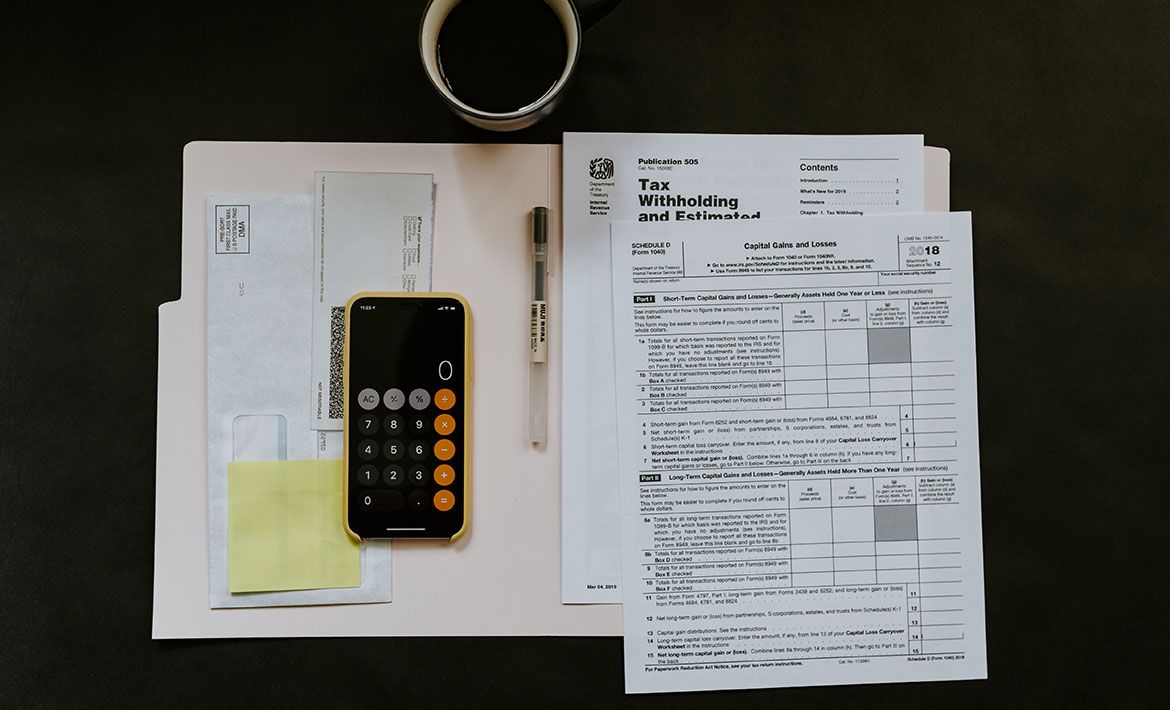The gross profit margin shows your company's financial health. Here’s how to calculate it.
Many startups often kick off "flying by the seat of their pants", with little use of essential data in their decision making processes. And still, these same mistakes are being made by businesses who've been striving to hit the top spot in their markets for years. However, to ensure growth and profitability, it’s crucial to measure and assess various aspects of your business.
Your highly skilled and motivated sales team pay painstaking attention to generating leads, establishing an efficient sales process, and streamlining their sales pipelines. At the same time, none of that hard work matters if they don’t keep an eye on certain metrics and nor have an effective pricing strategy. For commercial evolution to happen, your company needs to calculate and increase its rates of gross profit margin.
And yes, it does sound complicated. But no worries! We’re not exactly mathematicians either. All you need is a pen, paper, and one little magical formula.
What Does Gross Profit Mean?
First things first, let’s define what it means. The gross profit margin is the metric we use to assess a company's financial health by figuring out sales revenue after subtracting the cost of goods sold (COGS). Subtracting COGS means taking away all the expenses that were incurred during the service rendering. So, sales profit is calculated as follows:
Revenue – COGS = Gross Profit.
The formula is simple, but what these expenses might include is not clear. Every detail that has to be paid for to render services is counted. This includes costs for shipping, materials, equipment, sales staff commissions, direct labor, utilities, credit card fees, and other such outlay.
It is also important to distinguish variable and fixed costs. The latter is not covered by gross income and is not included in the formula. Advertising, rent collection, and auto insurance, office supplies, and salaries of directly-involved-in-production staff are considered as fixed costs.
One more point to mention is operating profit. It is often confused with gross income, but it’s important to avoid this common mistake. Operating earnings are a lower value since they are formed on the basis of sales profit by deducting operating expenses such as utility costs, property taxes, repair costs, legal fees etc.
So, if your revenue is $100 and the cost of earning that revenue amounts to $70, the gross profit is $30. We use this value to calculate the basis of production efficiency for a business.
Gross Profit Margin (GPM) VS Gross Profit (GP) - What’s the Difference?
The major difference between these two terms lies in the measured value and their purpose. Still, both values are equally important. Without a figure for gross income, it becomes impossible to figure out the gross profit margin for a service business. But what changes when we add the word “margin”?
GPM is measured to analyze the financial soundness of a business endeavor. It can be obtained by dividing GP by revenue, and then multiplying by 100. Here is a formula:
GPM = (revenue – COGS)/revenue*100
Let's say your revenue is $100 and the costs associated with earning the revenue amounts to $70, so the gross profit is $30. Put these figures into the formula, and count…
GPM = (100-70)/100*100=30%.
As a result, the company earned 30 cents for every $1 of services.
Gross income shows the first level of earning capacity. Based on this metric, you can analyze your company’s efficiency at providing a service in comparison with competitors.

Сalculating Gross Profit Margin… Why Do You Need It?
Gross Profit Margin is needed for purposes of comparison. But what is the benefit of being compared with similar businesses? Well, if you do a comparison, you’ll have an answer to the following question…
“What is the average gross profit margin for a service business?”
As soon as you make several calculations, you are able to compare your GPM with the average value in your industry and understand the current position of your business. In fact, this metric indicates the financial success and expediency of any service or product. Any entrepreneur should strive for higher value, since it shows how much the company retains on each dollar of service sale.
If you look at the example in the previous paragraph, you will find that 30 cents on each US dollar end up in the company piggy bank.
When you compare the gross margin of your business with the average value, you learn the current state of your commercial activity.
How to Calculate Gross Profit Margin for a Service Business
The GPM calculation comprises three steps. The first one deals with learning gross income. As we’ve already figured out, you need two parameters – variable charges and total earnings. Subtract the smaller value from the larger one to get gross profit. If the larger value in the formula is represented by variable costs, you might as well stop because... your business has failed.
Those who obtained a positive result can move on to the second step that we will call “Gross Profit Margin: How to Calculate”. Don’t worry, the title is bigger than the actual calculation. All you need to do is to divide obtained gross income by total earnings. Et voila!
The final step is to work out your gross margin as a percentage. This is done by placing the dot in your decimal value two characters to the right, and removing the zero at the beginning. For example, for 0.27, your final value 27. Do not forget to add the percent symbol: 27%.
It pays to understand the working and concepts behind these calculations, but the good news is there are many budgeting software that can perform profit margin calculations easily. You just have to feed them the figures and the software crunches this and many more numbers for you. You can also use an income tax self-assessment to make it even quicker!
Indicator Meaning and What to do with Them Going Further
An adequate GPM ensures there’s enough in the bank to pay for operating costs. Besides, it is a metric to analyze the financial status of a company. If the gross profit margin is unstable, it points to trouble in the enterprise model. Fluctuation from the industry-average GPM is also a sign of positive (if higher) or negative (if lower) state of affairs.
Regulatory changes in an industry, as well as alteration of a pricing strategy within a business, causes these metrics to change. For example, selling services above market-par in the market results in a higher GPM. The puzzle is that clients can refuse to purchase the service if your price is too high.
First, we need some background information. Here it is, in the form of a table.
Revenues, USD
Costs, USD
Vehicles — $18,487
Distribution — $13,541
Legal services — $1,032
Administrative expenses — $2,356
Miscellaneous — $0.592
Legal services, interest, operating costs — $2,695
Total — $20,111
Total — $18,592
Initially, we need to find out the gross profit. For this, the above-described COGS are needed. The latter amounts to 13,541 since other items are not included in variable costs. Subtraction of COGS from revenues shows gross income. In the context of our example, it amounts to 6,570.
Next, we divide... The sales profit result should be divided by total revenues. Our value is 0.326.
And the final step is to turn the gross margin value into a percentage by multiplying it by 100. As a result, we have 32.6%; we can now use this figure to find out where we are in relation to our competitors.
Let me say a final word...
For your business to grow, it is essential to motivate your sales team, provide them with proper sales tools, and monitor overall sales trends. But, with this, comprehending gross margin is a vital component of sound financial management that, eventually, contributes to your company’s growth.
No matter what business model you have, what product or service you offer, this metric is a great tool for analyzing performance and ROI.
Table of Contents
Crack the sales formula with CRM Lab
Twice a month, receive actionable CRM content to your inbox.



